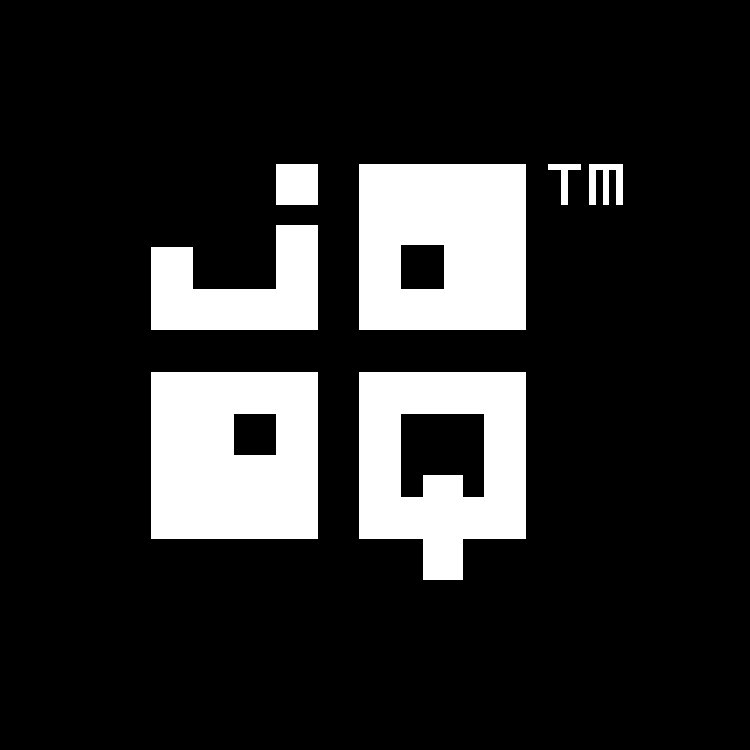Available in versions: Dev (3.21) | Latest (3.20) | 3.19 | 3.18 | 3.17 | 3.16 | 3.15 | 3.14 | 3.13 | 3.12 | 3.11
Array and cursor unnesting
Applies to ✅ Open Source Edition ✅ Express Edition ✅ Professional Edition ✅ Enterprise Edition
The SQL standard specifies how SQL databases should implement ARRAY and TABLE types, as well as CURSOR types. Put simply, a CURSOR is a pointer to any materialised table expression. Depending on the cursor's features, this table expression can be scrolled through in both directions, records can be locked, updated, removed, inserted, etc. Often, CURSOR types contain s, whereas ARRAY and TABLE types contain simple scalar values, although that is not a requirement
ARRAY types in SQL are similar to Java's array types. They contain a "component type" or "element type" and a "dimension". This sort of ARRAY type is implemented in H2, HSQLDB and Postgres and supported by jOOQ as such. Oracle uses strongly-typed arrays, which means that an ARRAY type (VARRAY or TABLE type) has a name and possibly a maximum capacity associated with it.
Unnesting array and cursor types
The real power of these types become more obvious when you fetch them from stored procedures to unnest them as table expressions and use them in your FROM clause. An example is given here, where Oracle's DBMS_XPLAN package is used to fetch a cursor containing data about the most recent execution plan:
SELECT * FROM TABLE(DBMS_XPLAN.DISPLAY_CURSOR(null, null, 'ALLSTATS'));
create.select()
.from(table(DbmsXplan.displayCursor(null, null, "ALLSTATS"))
.fetch();
Note, in order to access the DbmsXplan package, you can use the code generator to generate Oracle's SYS schema.

Feedback
Do you have any feedback about this page? We'd love to hear it!